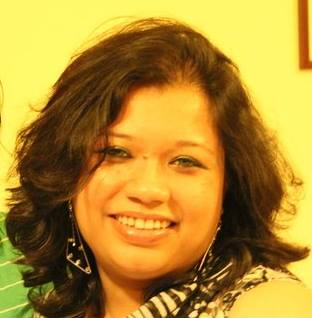
As a DOP Girish was always my first choice.The guy is a genius when it comes to low cost lighting. I had seen him doing wonders with minimal budget.During the pre production Girish and I storyboarded the entire script and spent countless hours looking at these visuals and discussing the options. Good thing about restrictions is that it challenges your grey cells and makes you think innovatively. I loved playing with colors, and that is what we wanted to tease out in the frames. To create that kind of visuals, we really needed to think out of the box. With the budget we had, we could hire only a limited amount of lighting equipment. Therefore before hiring any of the lighting equipment we thought and rethought over and over making sure that it was absolutely needed. First thing Girish and I did was dissect the screenplay again and again to come up with a most viable lighting design. We divided the scenes in 3 categories - scenes that could be shot in natural light, scene that could be shot with minimal lighting, scenes which demanded hiring high end-lighting equipment including generators. While doing this exercise we realized , many of the scenes that were set at night and demanded good amount of lighting cost, could easily be turned into day scenes without affecting the story ,which enabled us to use natural lighting.
Girish spent a lot of time reading and researching on low cost effective lighting. He came up basic lighting kit,which we called the JUGAAD kit,that included couple of 500 watt halogen lights, 100 watt household lights, couple of Chinese lights, some light filters.This JUGAAD kit was invaluable and saved us a lot of lighting cost. We ended up lending this kit many micro budget film makers who didn’t have budget to hire high end lighting equipment for free.
With most of the money spent on lights we could hardly afford trolleys or cranes. As substitute we used simple tricks ,for example for trolley effect on a on the smooth surface we used a moderately big piece of cloth and placed the tripod on top it .With a slight pull to the cloth ,the tripod moved smoothly to give a trolley effect or alternatively we powdered the track that we chalked out for the trolley movement and used the tripod to slide over it. However these tricks were easier said than done. They were extremely difficult to maneuver,but thats what people say practice makes it perfect. For crane shots ,well we didn’t have one :).But for shots that needed to be taken from top we mostly used aluminium ladder. We found many innovative ways of making steady cams on internet,which we used for our advantage.
Girish spent a lot of time reading and researching on low cost effective lighting. He came up basic lighting kit,which we called the JUGAAD kit,that included couple of 500 watt halogen lights, 100 watt household lights, couple of Chinese lights, some light filters.This JUGAAD kit was invaluable and saved us a lot of lighting cost. We ended up lending this kit many micro budget film makers who didn’t have budget to hire high end lighting equipment for free.
With most of the money spent on lights we could hardly afford trolleys or cranes. As substitute we used simple tricks ,for example for trolley effect on a on the smooth surface we used a moderately big piece of cloth and placed the tripod on top it .With a slight pull to the cloth ,the tripod moved smoothly to give a trolley effect or alternatively we powdered the track that we chalked out for the trolley movement and used the tripod to slide over it. However these tricks were easier said than done. They were extremely difficult to maneuver,but thats what people say practice makes it perfect. For crane shots ,well we didn’t have one :).But for shots that needed to be taken from top we mostly used aluminium ladder. We found many innovative ways of making steady cams on internet,which we used for our advantage.





 RSS Feed
RSS Feed